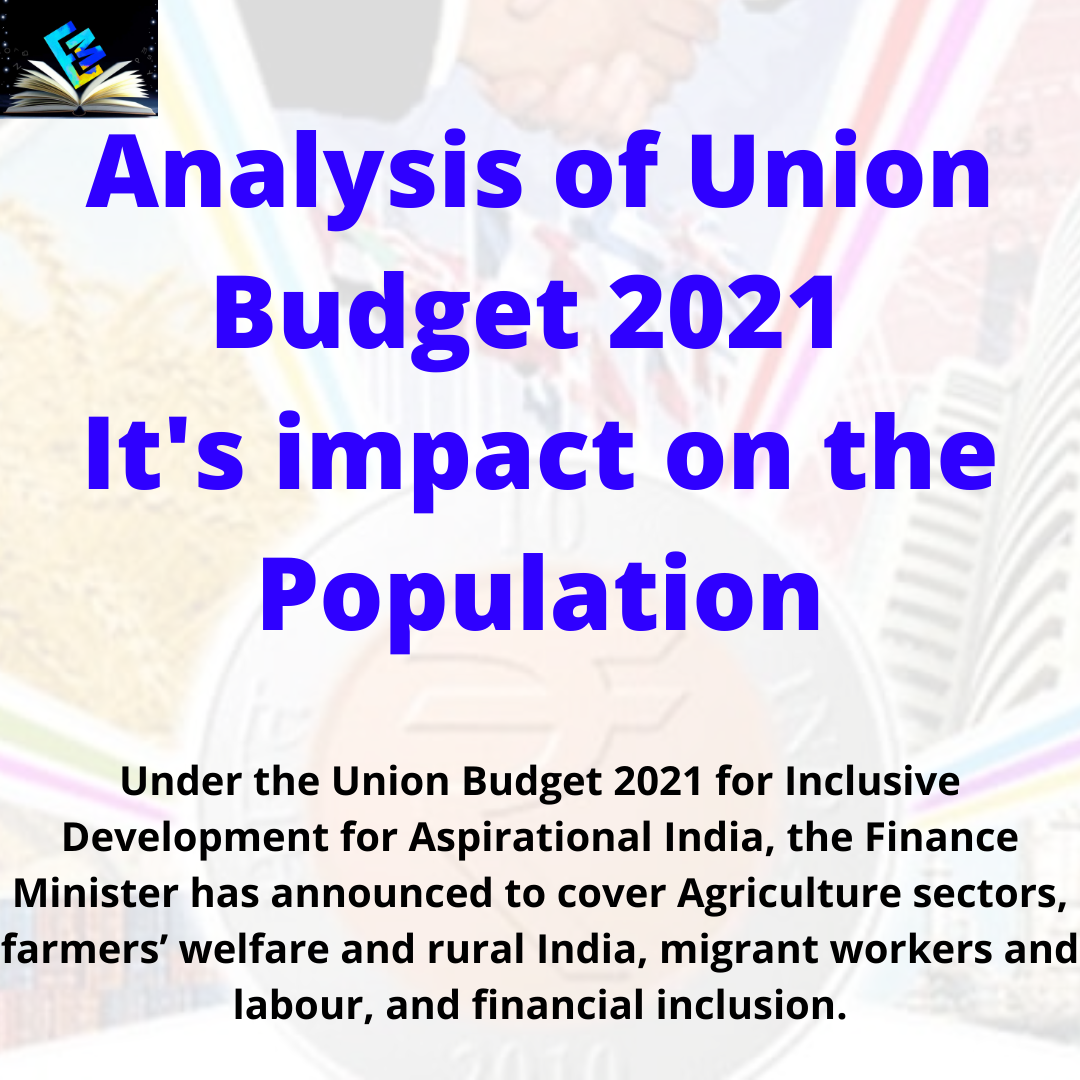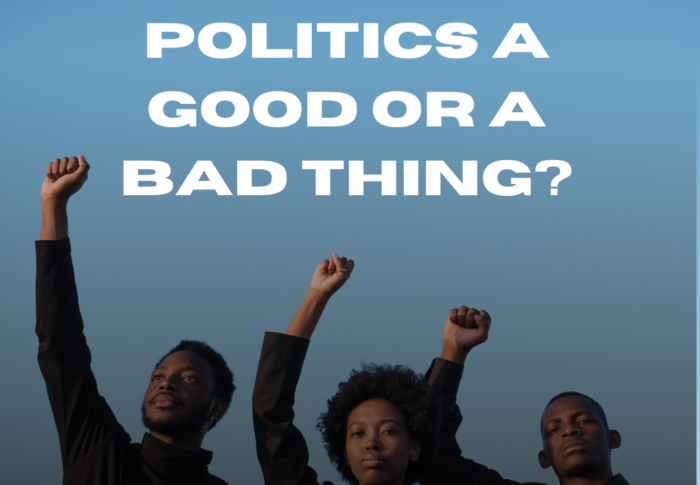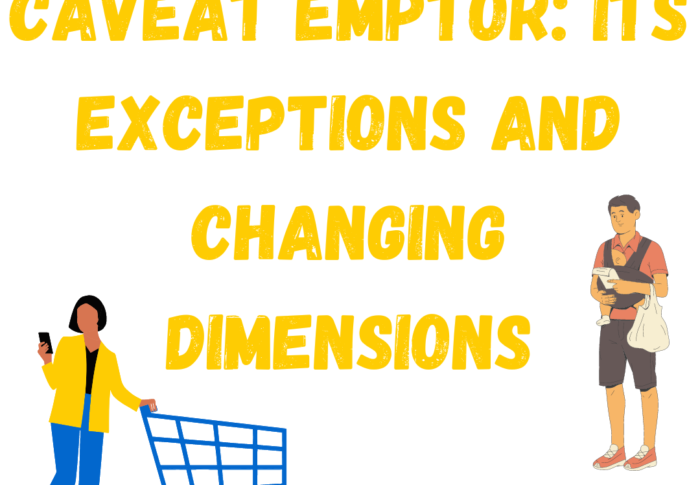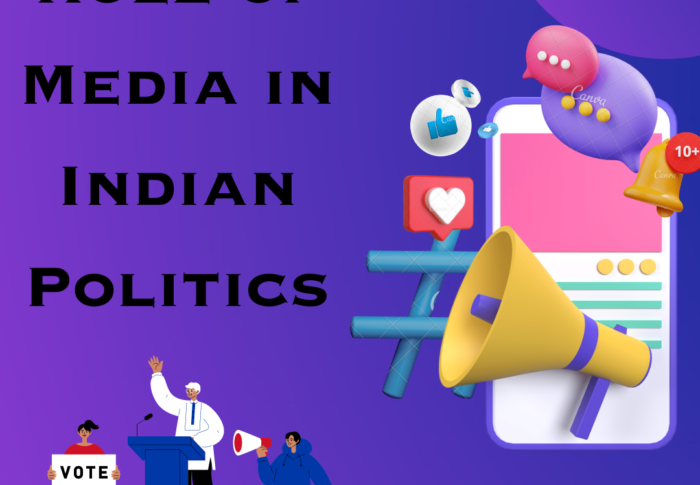
Analysis of Union Budget 2021 | It’s impact on the Population
Critical Analysis of Union Budget 2021 announced by Finance Minister. The impact of the Budget on the Population.
AUTHOR : SHIKHA MISHRA
UNION BUDGET 2021:
Under the Union Budget 2021 for Inclusive Development for Aspirational India, the Finance Minister has announced to cover Agriculture sectors, farmers’ welfare and rural India, migrant workers and labour, and financial inclusion.
Inclusive development is an “improvement that incorporates minimized individuals, areas and nations in social, political and financial cycles for expanded human prosperity, social and natural supportability, and strengthening”.
The objective of such development is to find some kind of harmony among financial and reasonable turn of events. As such, rather than just zeroing in on the financial results as in customary models, comprehensive development zeros in addition to value. … Comprehensive development impeccably encourages the security and advancement of the worldwide economy.
Several new policies and programs were announced in the Budget to support India’s farmers and migrant workers. This budget gave special priority to economic reforms, employment, capital formation and creating infrastructure in India.
During the tough times of the COVID-19 epidemic, finance minister Nirmala Sitharaman had presented five mini-budgets in the form of packages in 2020. This year’s Union Budget is the biggest addition to that package. This Budget is unprecedented in many ways and it will strengthen the resolve of ‘Atma Nirbhar Bharat’.
Finance Minister Nirmala Sitharaman presented the Union Budget 2021-22 with the theme ‘Inclusive Development for Aspirational India and Reinvigorating Human Capital’.
Inclusive Development for Aspirational India:
For agricultural sector:
- The budget has ensured MSP at minimum 1.5 times the cost of production across all commodities.
- Also the benefits of SWAMITVA Scheme to be extended to all States/UT.
- For value addition in agriculture sector Operation Green Scheme’ to be extended to 22 perishable products.
- Even 1,000 more mandis to be integrated with e-NAM to bring transparency and competitiveness for which protests are going on.
- Agricultural Produce Market Committees to get access to the Agriculture Infrastructure Funds for augmenting infrastructure facilities
For migrant workers and labours:
- One Nation One Ration Card scheme benefits to be extended to everywhere in the country.
- For the first time globally, social security benefits will be provided to platform workers. Minimum wages will apply to all the workers, and it will be covered under the Employees State Insurance Corporation.
- Women will be allowed to work in all categories of jobs and also in the night-shifts with protection.
Financial Inclusion:
To further facilitate the scheme of Stand Up India for SCs, STs, and women, the Finance Minister proposed to reduce the margin money requirement from 25% to 15%, and to also include loans for activities allied to agriculture.
Reinvigorating Human Capital:
- Schools to be fortified by executing all National Education Policy (NEP) parts. Will go about as model schools in their districts for tutoring others.
- 100 new Sainik Schools to be set up in association with NGOs/tuition based schools/states.
- Enactment to be acquainted with set up the Higher Education Commission of India as an umbrella body with 4 separate vehicles for standard-setting, accreditation, guideline, and financing.
Scheduled Castes and Scheduled Tribes Welfare:
750 Eklavya model residential schools in tribal areas. Revamped Post Matric Scholarship Scheme for welfare of SCs.
Skilling:
- Rs. 3000 crore for upgrading National Apprenticeship Training Scheme (NATS) towards post-education training, internships for graduates and diploma holders in Engineering.
- Initiatives for partnership with other countries in skilling to be taken forward.
Innovation and Research & Development:
- National Language Translation Mission to make governance-and-policy-related knowledge available in major Indian languages.
- PSLV-CS51 to be launched by New Space India Limited carrying Brazil’s Amazonia Satellite and some Indian satellites.
Legal portion of Inclusive development:
The Constitution of free India is an indication of the standards of freedom, equity and society. A comprehensive society was the vision of the producers of our constitution. In any case, even after autonomy the dangers of disparity and separation waited on. The post-freedom time saw the reappearance of these indecencies which had died down during the autonomy battle. In spite of the fact that endeavours at handling these were made as social change enactments, monetary and social incongruities keep on plaguing the general public.
In the course of recent many years, India has made fruitful progress from an economy that was developing, best case scenario, at a moderate rate to one that has gotten one of the chief drivers of the worldwide economy in the post-emergency stage. The GDP development rate, the venture rate and the reserve funds rate have consistently expanded.
The appeal of high development is, nonetheless, wrecked by the way that the circulation of advantages emerging from the development elements is exceptionally slanted. Enormous segments of the populace are blocked from participating in the advantages of the financial development which is proven by the rising monetary incongruities.
The absence of consideration has two wide measurements, financial and social, which examiners have called attention to, commonly fortifying one another. The most evident signs of monetary irregular characteristics are the high rates of neediness, wide pay disparity and high paces of joblessness. These can be credited to the disparity in admittance to fundamental administrations, especially those identified with schooling and wellbeing, which thus is the consequence of social avoidance, “the cycle through which people or gatherings are completely or part of the way rejected from full cooperation in the general public in which they live”.
Avoidance is in this manner both the reason and the impact. It is antithetical to ‘comprehensive development’, which is the “interaction that yields broad‐based benefits and guarantees nature of chance for all” as imagined in the constitution especially in the prelude, in part III and in the Directive Principles of State Policy. Comprehensive development is to be fundamentally accomplished at the degrees of Reduction of Poverty, Reducing Unemployment, Social Justice and Empowerment, Environmental Sustainability, Gender Equity, Access to Essential Services and Governance.
The Constitution provides all citizens ‘equality of status and of opportunity,’ and directs the government to be proactive to ensure equal opportunity. Equality, equal access and equal opportunity concepts are elaborated in Articles 14 which is right to equality, 15 which is access to education and 16 for public employment. The state shall not discriminate on the grounds only of religion, race, caste, sex, place of birth.
According to Article 15, “Nothing shall prevent the State from making any special provision for the advancement of any socially and educationally backward classes of citizens or for the Scheduled Castes and the Scheduled Tribes.”
Article 16 provides for equal opportunity in government employment, and cautions the state not to discriminate on the grounds of religion, race, etc and clause (4) provides for making provisions for reservation of appointments in favour of ‘any backward class’ which in the opinion of the state, is not adequately represented in the services under the state. Thus, identifying a backward group/class rests with the state.
The state is coordinated by the Constitution “to advance the government assistance of individuals by getting and securing as successfully as it might a social request where equity, social, financial and political, will educate all the foundations regarding public life” [Article 38(1)]. A correction in 1976 states “The state will, specifically, endeavour to limit the imbalances in pay, and try to wipe out disparities in status, offices and openings, among people as well as among gatherings of individuals living in various regions or occupied with various livelihoods [Article 38(2)].”
The Finance minister conferred the Union Budget for 2021-22. This was the Union’s first-ever digital budget. As per Article 112 of the Constitution of India, the yearly Union Budget is called the Annual Financial Statements.
India’s total budget for health and welfare has increased by 137% in the 2021-22 financial year. India’s total budget for health and welfare has increased by 137% in the 2021-22 financial year to Rs. 2.23 lakh crore compared to disbursing for the 2020-21 budget as the country search out to reform its health care set-up to discover and treat new and evolving diseases after the Covid-19 epidemic. The budget presented by Finance Minister Nirmala Sitharaman contains a new government-sponsored program known as Prime Minister Atma Nirbhar Swasth Bharat Yojana, which was released at a cost of Rs64,180 crores 6 years ago. Set aside Rs.35,000 million for Covid-19 vaccine. She also proposed to double the Indian health and welfare disbursing of 2.2 trillion rupees
The drive aims to improve the skills of the primary, secondary and tertiary health set-ups, nourish existing national organizations, and create new facilities, discover and serve new diseases after the 10.7 million diseases that have afflicted more than 154,000 people living in the country and it will also be add-up to the National Health Mission.
The total allotment compared to the previous year looks good as it has been put under the set under health and care, but you can not compare bananas and oranges as there are so many one-time dispensations that can’t be sustained. This has been an epidemic and more than 10-11% is expected from the government. If we look at the last few budgets, disbursing on health and well-being is reduced and directed at other costs.
Endnotes-
- https://www.indiabudget.gov.in/doc/bh1.pdf
- https://www.indiabudget.gov.in/economicsurvey/
FOR MORE INFORMATION VISIT OUR SITE






